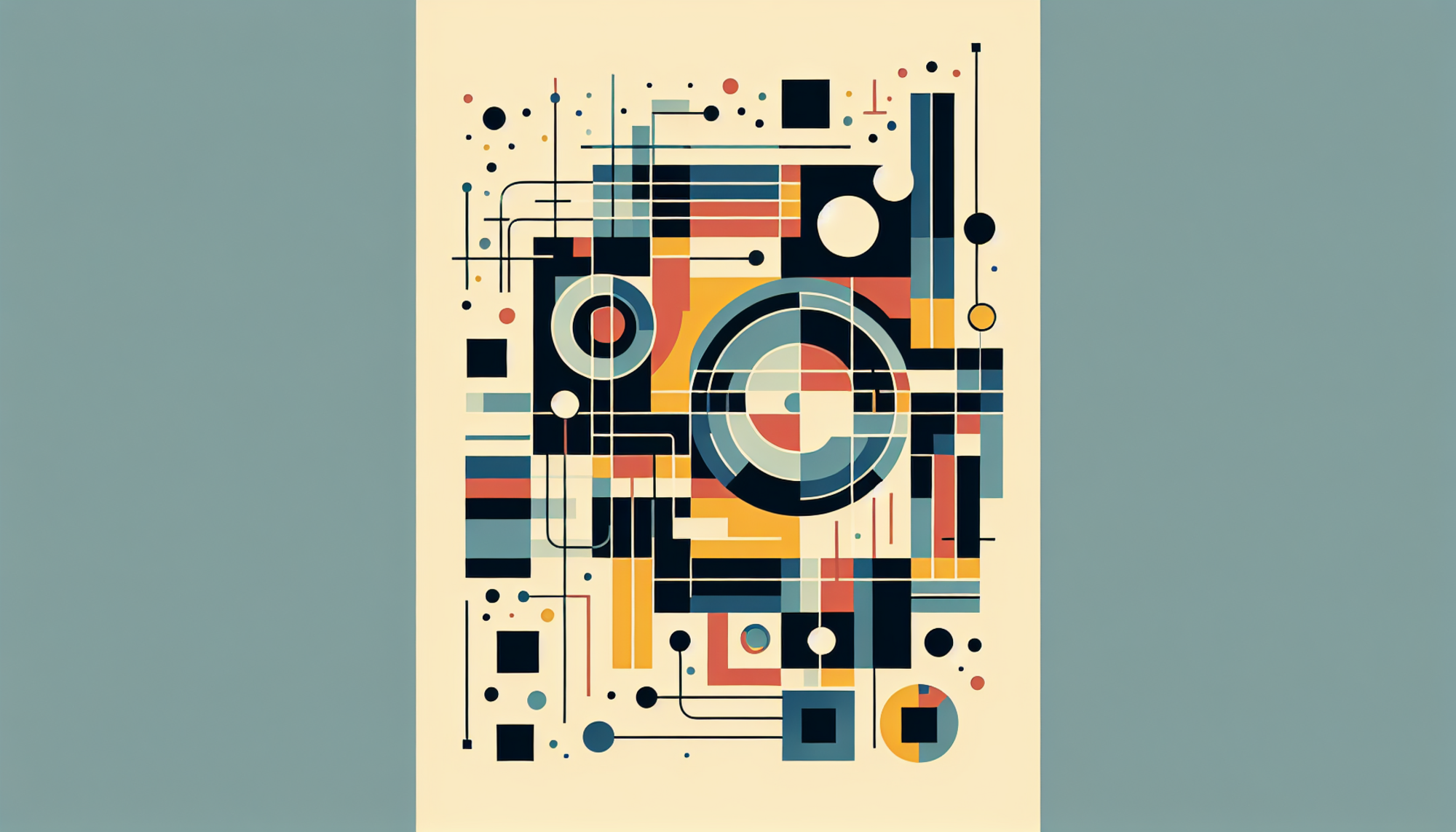Innovations in Software Engineering: Godot, Node.js, Rust & AI Tech

Feature Richness: The Evolution of Software Engineering
This selection of blog posts showcases a myriad of advancements in software engineering, specifically revolving around notable releases from Godot Engine, Node.js, and Rust, along with emerging AI technologies. Features like the integration of Jolt Physics in Godot 4.4 and major updates in Node.js are prime examples of how developers continuously enhance tools to simplify and expand their capabilities. It's almost a race against time; as technologies evolve, developers sprint to keep pace, leaving behind a trail of innovative changes.
Take Godot 4.4, for instance. In their latest dev build (Dev 7), the Godot team introduces not just the eagerly awaited Jolt Physics module—which promises to enrich the 3D physics experience—but also upgrades to .NET 8.0. Such features demonstrate an ongoing commitment to integrating the latest technologies to improve performance and usability. The emphasis on community feedback and active bug reporting highlights an inclusive approach in developing future iterations.
Node.js: Keeping Up with Security Standards
Node.js v24.5.0 is another significant release that reflects the priorities of modern software development. With an upgrade to OpenSSL 3.5, the release tackles security concerns head-on. With phishing and data breaches soaring, implementing robust security measures is a necessity rather than a luxury.
Moreover, the introduction of support for proxy environments, built-in to Node.js, accentuates its adaptability and relevance in today's web servers and applications. These innovations collectively reinforce the critical nature of security in software engineering while still maintaining the performance standards developers have come to expect.
The Rust Language Transformation
In the realm of programming languages, Rust is evolving with noteworthy updates to the `impl Trait` functionality. The changes aim to address usability concerns that developers have faced. By simplifying the syntax and expanding its usage in return position, the Rust team emphasizes the need for flexibility in code development while educating their users on improved error handling.
The flexibility offered in Rust 2024 demonstrates an awareness of the developer experience. This change—shifting the defaults to allow broader generic parameters—is a thoughtful response to the users’ pain points, showcasing not only a desire to innovate but also a commitment to listening to community feedback.
AI & Processing Advances: The Loom Effect
Meanwhile, AI-driven technologies are making impressive strides through new applications like the speech editing capability at Loom. This integration allows users to seamlessly modify video content—essentially eliminating the traditional constraints of video editing. Users can dynamically change text such as names or details while preserving the original audio tone, which is revolutionary for communication efficiency.
The technology behind the scenes leverages advanced AI modeling techniques to ensure coherence and maintain natural voice qualities. Loom's approach effectively raises the bar for what can be achieved with AI in video production, reflecting the transformative nature current software engineering can encapsulate.
Recommendations and Conclusion
At the heart of these innovations lies a common thread: the need for adaptation and evolution in software engineering. With industries converging on shifting paradigms such as artificial intelligence integration and the increasing importance of security, developers must be proactive in refining their tools and methodologies.
If anything is to be gleaned from the contents of these articles, it's that the larger software engineering community thrives on collaboration, feedback, and an unrelenting push toward advancement. As we adapt, it may not only be about crafting software but about molding the very frameworks that shape future technology.
References
- Godot 4.4 Dev 7 - Jolt Physics Module, NET 8.0, and More | HackerNoon
- Node.js — Node.js v24.5.0 (Current)
- Detailing the Changes to 'impl Trait' in Rust | HackerNoon
- Gemini Embedding: Powering RAG and context engineering - Google Developers Blog
- Modal and Scaling AI Inference with Erik Bernhardsson - Software Engineering Daily
- The AI Technologies Behind Speech Editing at Loom - Work Life by Atlassian
